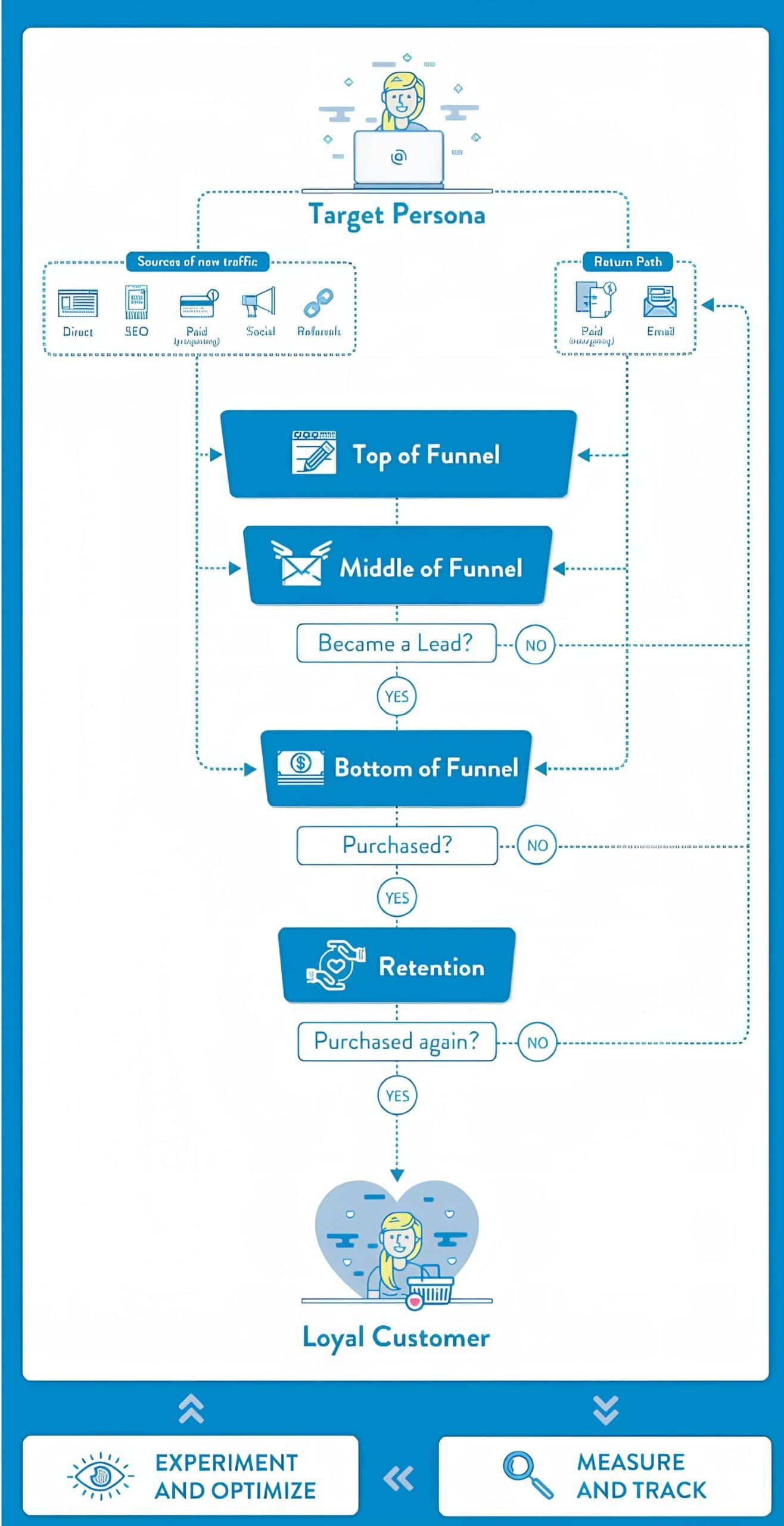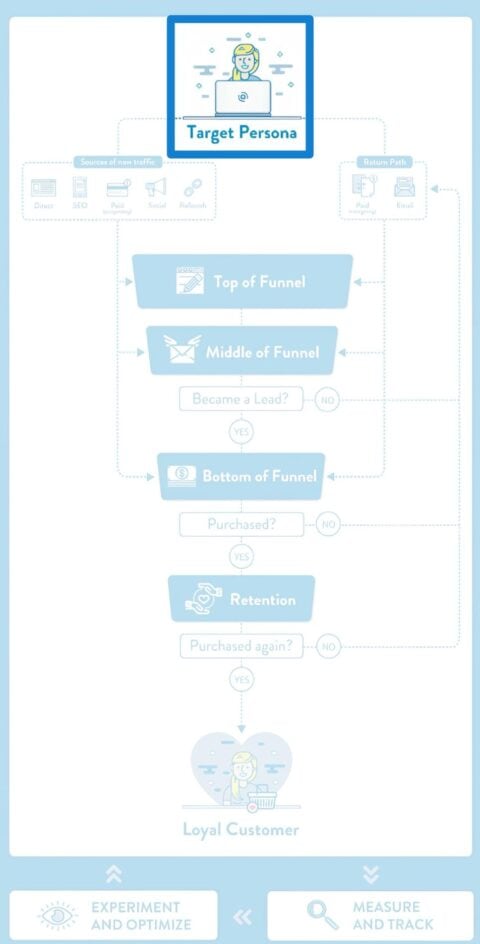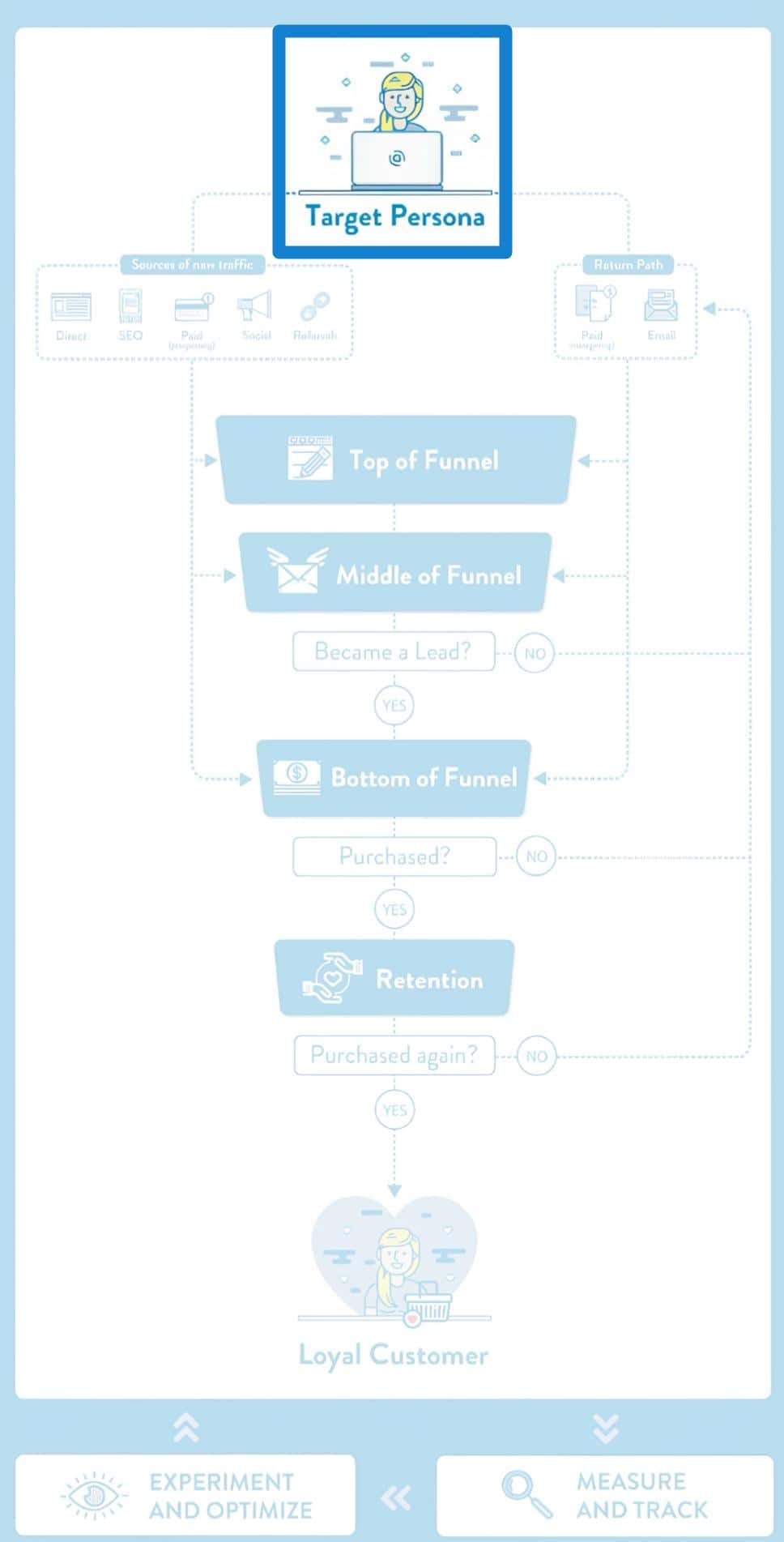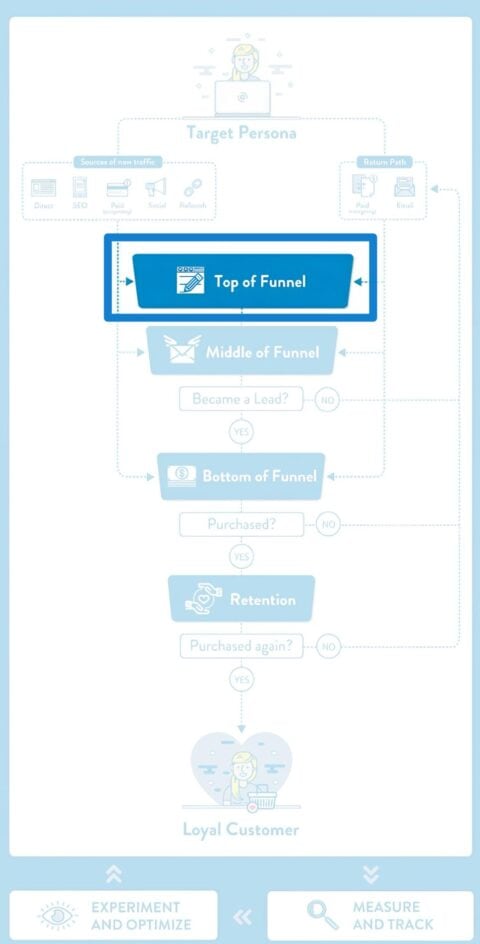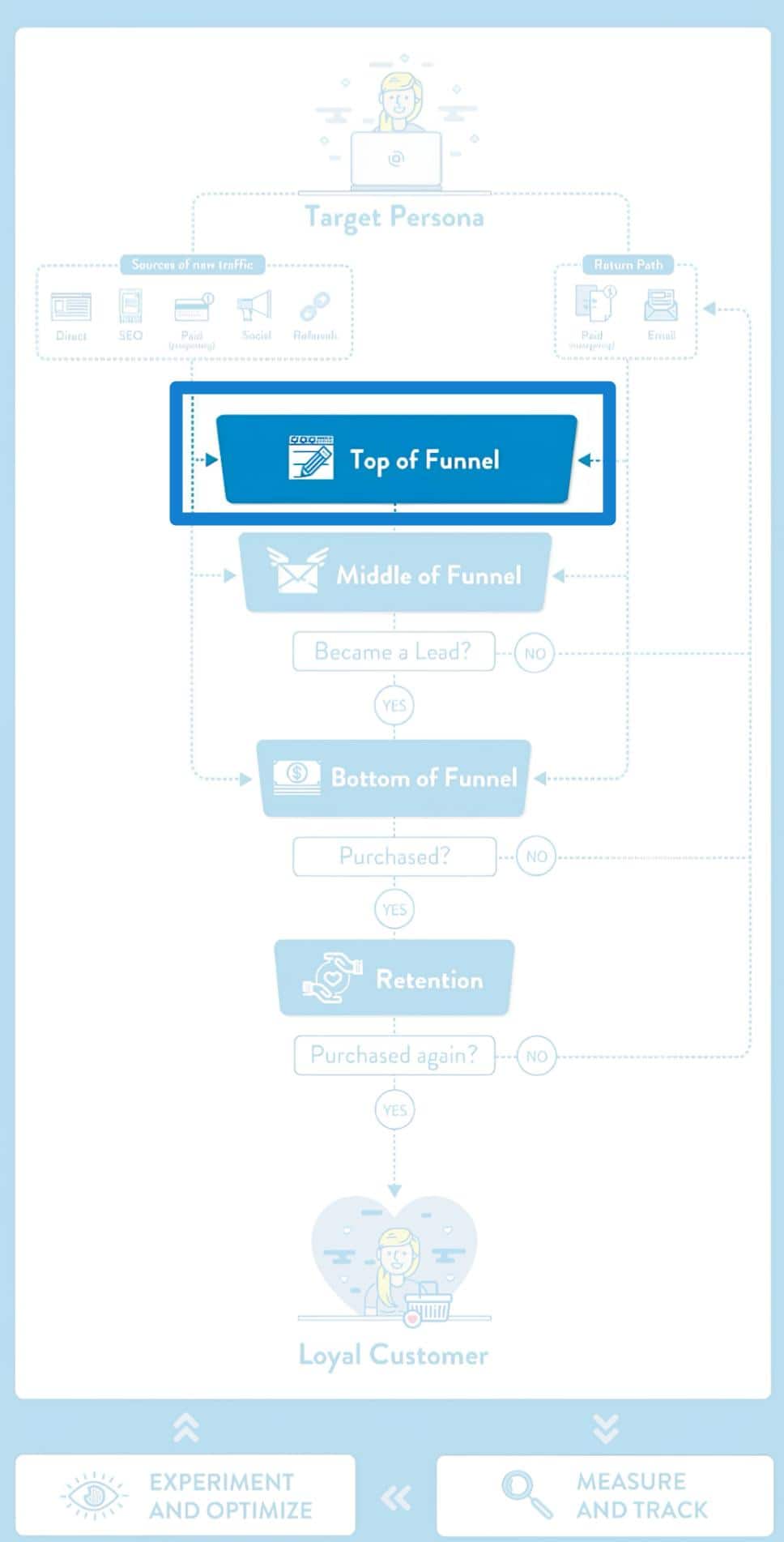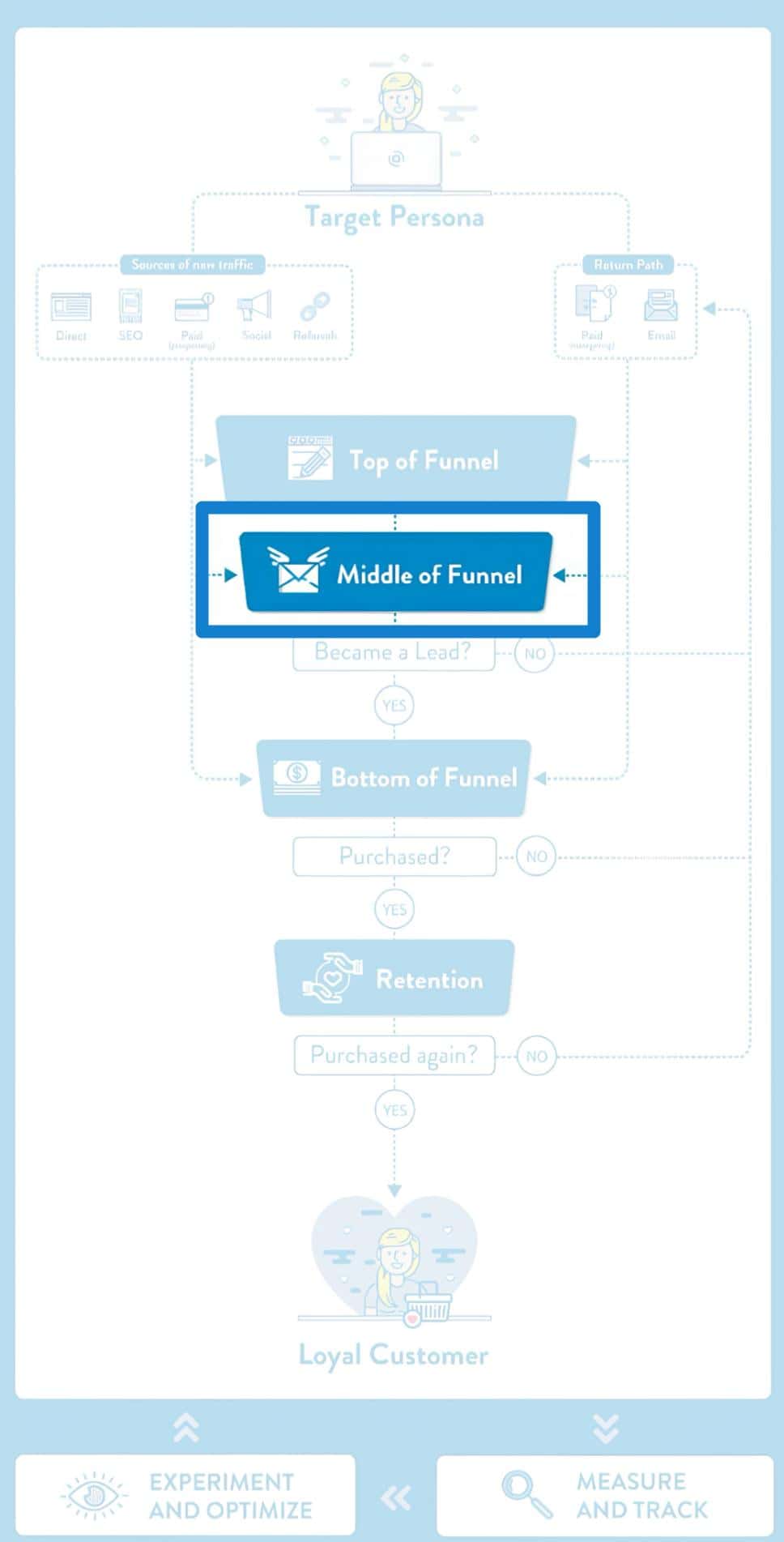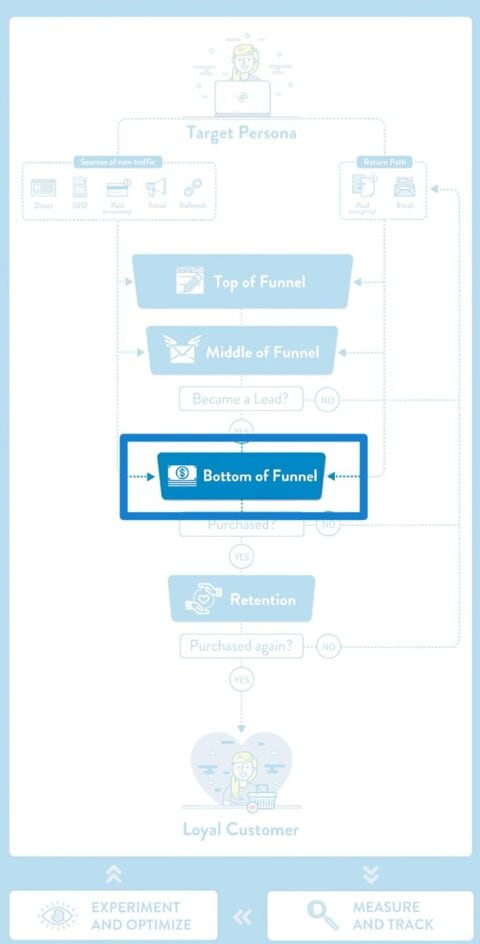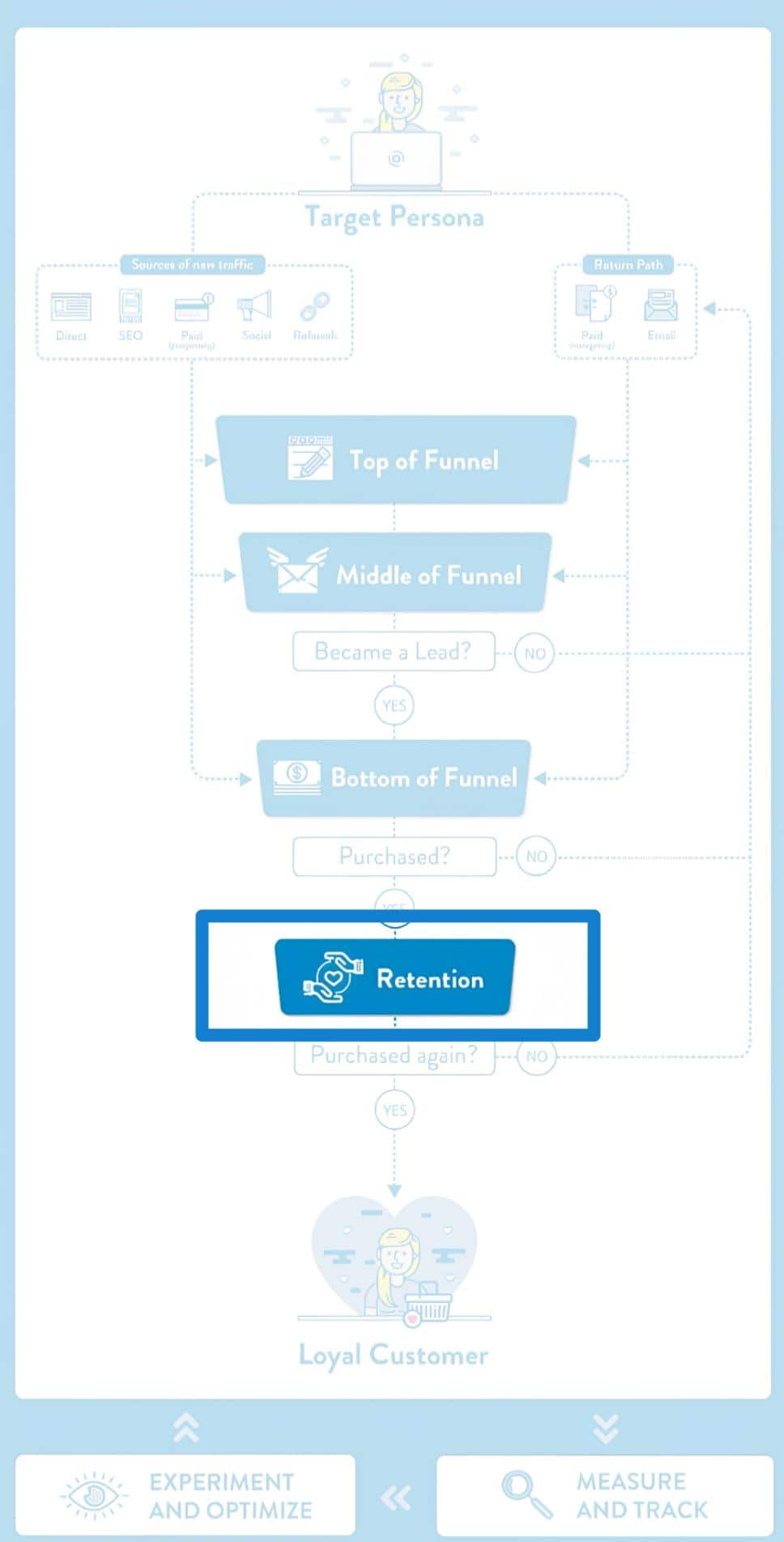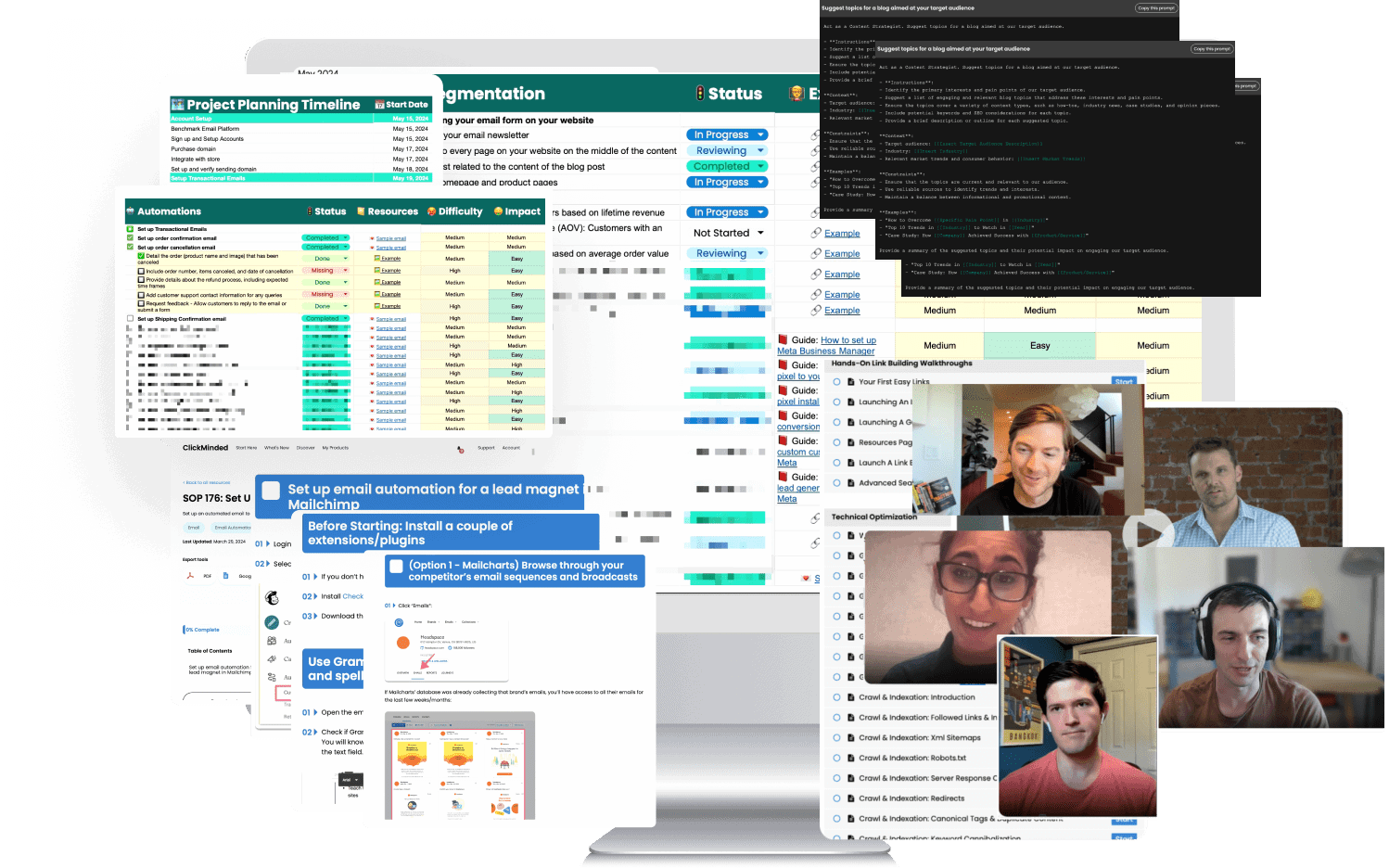📈
Your Goal at the Retention Stage: Increase Lifetime Value
In the retention stage, your marketing persona is already a customer of your product. Your objective is to increase the value you can extract from them directly by generating repeat purchases, upsells, or reducing churn; or indirectly by improving brand image or promoting referrals.
Customer lifetime value (CLV)
Average repeat purchase rate
Customer satisfaction scores (CSAT)
📝
Content Marketing
The objective of the content you'll create at the retention stage is to keep your existing customers happy by providing ongoing value (even after purchasing.)
Content ideas:
Monthly performance report email summarizing reading experiences and engagements
Blog post: 'How to Choose Your Next Indie Read: Tips from Book Club Members' for ongoing support
Video series: 'Stories Behind the Stories' discussing character evolution and reader impact
Author-led webinar: 'Keeping the Spirit of Indie Literature Alive with Reader Engagement' offering insights to foster connection
Social media challenge: 'Share Your Favorite Quotes and Moments from Our Book' to encourage community interaction
What to measure:
Engagement rates on follow-up content
Repeat visits to retention-focused content
Feedback gathered from community interactions
🔎
SEO
At the bottom of the funnel, you'll want to make sure your marketing persona can find all the information she needs to get the most of your product (e.g. knowledge base articles), or to solve any problems that may arise (e.g. support/contact page.)
Keyword ideas:
best indie books for ongoing engagement
community discussions about contemporary fiction
how to deepen your book club conversations
reader experiences with self-published works
tips for supporting indie authors in your community
authority in indie literature reviews
upcoming literary events and meet-ups
indie author stories and their audience impact
personal growth through reading
how deeper narratives enrich book club meetings
What to measure:
Organic search traffic for retention-oriented content
Keyword rankings for retention-related phrases
User engagement metrics (comments, shares) on retention articles
🎯
Paid Advertising
At this stage of the funnel, you might choose to be run campaigns promoting of new features, upgrades, or promotions.
Target audience ideas:
[Remarketing] Facebook Ads: Target customers who purchased the book, promoting upcoming related releases or events
[Remarketing] Google Ads: Display ads to users searching 'best indie books' who have previously interacted with the author's site
[Remarketing] YouTube Ads: Focus on viewers of author interviews encouraging them to engage with additional content
[Prospecting] Instagram Ads: Target readers discussing personal growth narratives within their networks
[Remarketing] Facebook Ads: Encourage previous purchasers to share their experiences with the book via testimonials or social mentions
What to measure:
Engagement rates on remarketing ads
Return on ad spend (ROAS) for retention-focused campaigns
Repurchase rates from retained audiences
📱
Social Media
Retention campaigns on social media revolve around building a sense of community with your existing customers. You'll do a lot of monitoring of brand mentions on social media.
Social media campaign ideas:
Weekly posts inviting followers to share their favorite character moments or quotes
Monthly reading lists curated by the author based on social media feedback and interactions
Host a live Q&A to maintain engagement with readers while discussing character arcs and growth
Encourage followers to post about their book club discussions to create a sense of community
Share behind-the-scenes content about the writing process to deepen connections and understanding
What to measure:
Engagement rate on posts encouraging sharing
Growth in audience participation on social channels
Traffic referral from social media interactions back to the website
📧
Email Marketing
Retention email campaigns will be a mix of educational emails (onboarding, activation, etc), transactional emails (reports, receipts, reminders, etc), and promotional emails (upgrades, upsells, etc.)
Email marketing campaign ideas:
Surveys to understand customer preferences for future content and book themes
Exclusive discounts for subscribers on upcoming releases or merchandise
Behind-the-scenes updates from the author about upcoming projects to keep engagement high
Invitation to connect through social media, enhancing the personal touch of communication
Monthly newsletter featuring success stories from readers illustrating powerful impacts of the storytelling
What to measure:
Open rates on newsletters focused on retention
Response rates to surveys
Click-through rates on discount offers
🧪
Marketing Experiments
Your retention experiments will have the objective of maximizing lifetime value of existing customers.
Experiment ideas:
Run A/B tests on loyalty program structures to enhance customer retention
Test various types of engagement emails to see which formats yield the highest interaction
Analyze the timing of follow-up communications post-purchase to optimize for future sales opportunities
Experiment with personalized recommendations based on previous purchases to enhance engagement
Conduct user testing to improve navigation features on the retention-focused sections of the website
What to measure:
Conversion rates on retention offers
User feedback scores from funnel experiments
Tracking engagement rates before and after implementing changes


